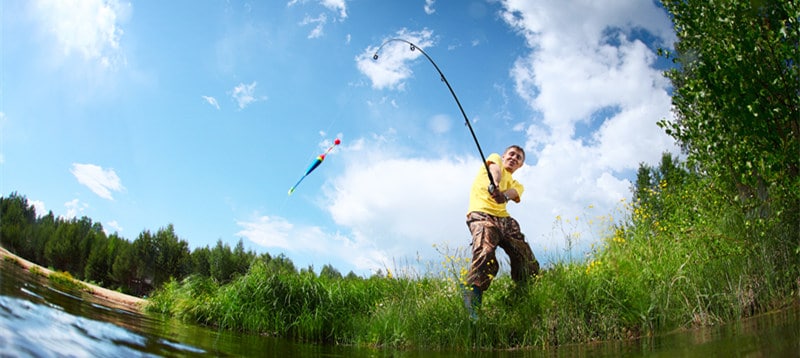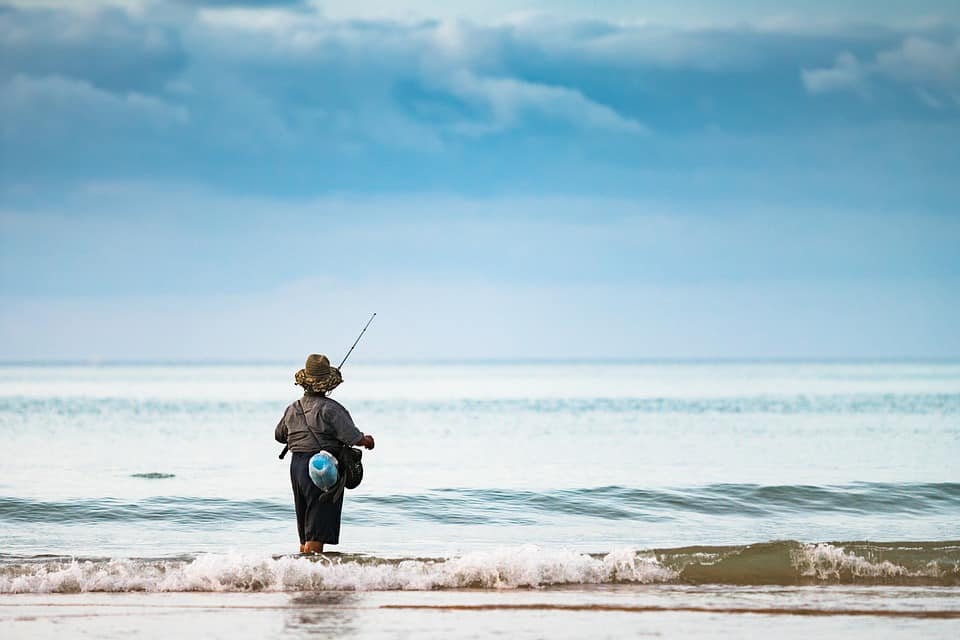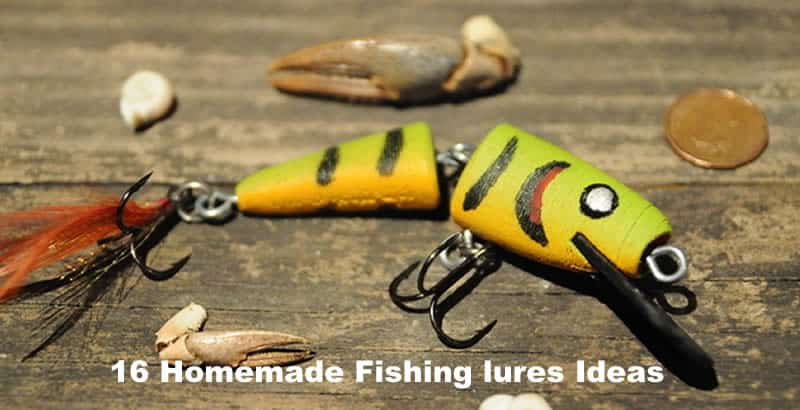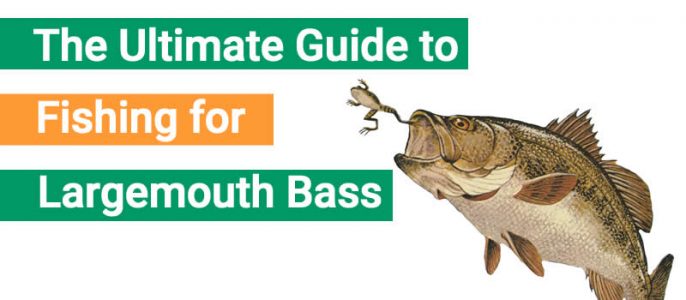If you buy via a link on this page, we may receive a commission, at no extra cost to you.Learn more
Snags are part of fishing life. All of us have, at one point, lost one or more lures and hooks. This translates into a monetary loss. But it also means wasting time rigging everything again. Plus, the lure might have sentimental value to you.

So, how do you prevent fishing hooks from snagging on the bottom? There is no bulletproof method. But here you have some proven tactics that will help you to reduce the number of snags.
- Use weedless hooks or lures
- Use a texas rig or any other weedless setup
- Work the lure slowly through weeds
- Keep clear of rocks and trees
- Fish against the current
- Use weak links
Trying these tactics will avoid snagging the hook and lure in the bottom of the lake. Consequently, saving you some bucks and time. The latter is more important for us.
Getting to Know the Field
Fishing involves a lot of preparations. You must carefully pick the rod, reel, line, and hook/lure. But your work doesn’t stop there. It also pays to get to know the field beforehand.
For example, if you see that there are a lot of weeds or sunken structures, then it is better to avoid that side of the lake. Yes, I know. Some fish love to lurk within the weeds and structure. But this doesn’t mean that you have to cast directly into it. You can work the lure alongside the weeds, and that will surely get the job done.
On the other hand, it also pays to know if the bottom of the lake is rocky. If it is, then it is better to rig the hook in such a way as to keep it above the bottom.
Use Weedless Lures or Hooks
Fishing hooks are pointy and sharp. They are basically begging to get snagged into something. That something being lures, rocks, trees, or whatever structure is under the surface.
But don’t worry, there is a solution: Weedless hooks or lures. These devices feature a plastic or metallic guard that shields the lure or hook from getting stuck.
Yeah, I know what you are thinking. The guard won’t prevent you from catching fish? No. The guard is just stiff enough to prevent it from getting snagged. But it is weak enough to expose the sharp edge when a fish bites.
So, in a nutshell, a weedless lure or hook is ideal for fishing within the weeds or underwater structure. The guard will make it bounce off and will give in, exposing the hook as pressure is applied.
Use a Texas Rig
A Texas Rig is ideal for fishing through heavily covered areas. That is why you should use it. Naturally, it is compatible with the terminal tackle you are using.
Make sure to rig our piece on the Texas Rig. There we show you who and when to use it. Plus, how to easily rig it.
Work the Lure or Hook Slowly
If the water is covered with weeds, then working your lure slowly is the best approach. You may wonder why, If you work the lure slow enough, it will push the weeds and structure away. As a result, it is less likely to get stuck.
Naturally, this doesn’t work if the structure is too heavy. If this is the case, then jerking the rod up and down is the best approach.
Keep Clear of the Rocks and Trees
It is better not to cast near rocks and trees. Keeping clear from these is the best approach if you can do it. Sadly, this is not possible sometimes. For example, you might be fishing on a rocky bottom river or lake, and the only way to avoid them is to stop fishing altogether.
Naturally, this is not possible, as you don’t want to ruin your trip. In this scenario, it is best to rig the lure or hook high enough to keep it away from the rocks.
Fish Against the Current
Fishing against the current is also a great tactic to avoid the hook from getting snagged. You see, the current will keep the lure away from the structure. Yeah, it will also make the fight a little harder than it needs to be. But at least you won’t lose your favorite lure.
Use Weak Links
Using weak links is another great way to avoid losing your lure or hook. New anglers must be wondering. What a weak link is?
In a nutshell, a weak link is something that you attach to the line. Typically, it has a sinker or weight at the other end. As soon as the weight gets stuck with something, the weak link will break, setting the lure free.
When Everything Fails: Use a Lure Retriever
Sometimes there is no avoiding a snag. Here, using a lure retriever is the last option in your arsenal. Unless you want to get inside the water, of course.
There are several options available in the market. But all of them work somewhat in the same way. Think of it as a wrecking ball with which you will set the lure free by repeatedly striking it.
Stop Losing Hooks Today!
It is almost impossible to avoid snags when fishing. It is a common situation. But there are several things that you can do to decrease the odds. For example, using weak links, weedless lures, a weedless rig, and keeping clear of the heavy structure are the best tactics that you can adopt. But if it is impossible to avoid the weeds, then remember to work your lure slowly. This way, the weight of the rig will push the weeds away. Thus, keeping it from getting tangled.
While these tactics are not bulletproof. But they have helped me in my fishing journey. The beautiful thing about this is that I learned them from other anglers. So, please, make sure to share your thoughts with us!




